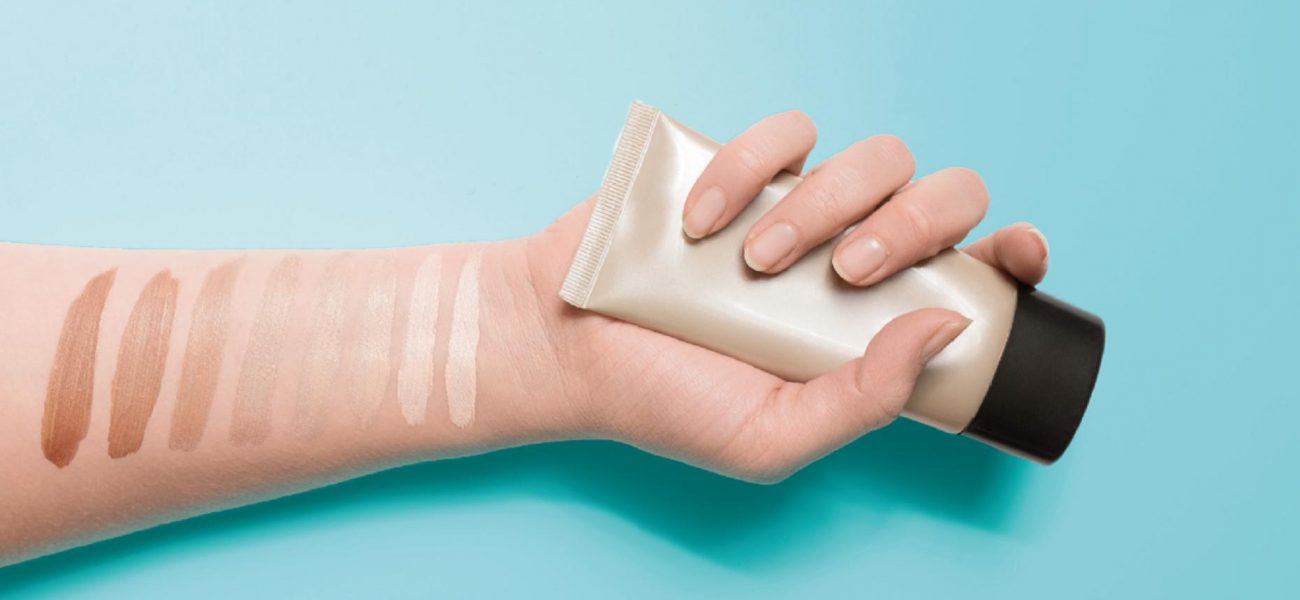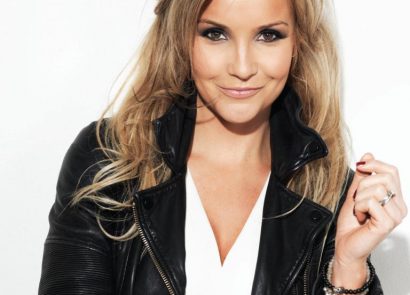A good foundation is the key to flawless skin but getting it right can be hard. With so many shades and types of coverage to choose from, as well as seemingly hundreds of brands out there, where do you begin? The first thing to remember is that foundation is not meant to be a mask, as Denise Rabor, make-up artist and founder of WOW Beauty (wowbeauty.co) explains: “It’s designed to even out and boost your skin tone and to soften any imperfections”. However, there’s still a lot of things to consider – what coverage do you need, and what about choosing the right shade? Luckily, the experts are on hand to give us their tips on finding the best foundation for you.
What kind of coverage do I need?
Just as there are many kinds of foundation, there are lots of different types of coverage, so it can be confusing to pick the one that’s right for you. “Whether liquid or powder, foundation comes in many variations and it’s important to assess your own skin type and tone,” says make-up artist Natasha Wiggins, founder of nwmake-up.co.uk. “If you have dry skin, always opt for a lightweight liquid base that glides on effortlessly and won’t sink in too much. If, on the other hand, you have oily skin, a slightly thicker foundation is perfect, topped up with a powder foundation to keep your complexion greasefree. The tendency among some of my clients with mature skin is to go for more but it’s the opposite that’s always more flattering. A great, lightweight foundation is much kinder on the skin and won’t sit in fine lines. Avoid illuminating and contouring and concentrate instead on bronzing the lower half of the cheek, allowing the blusher to sit at the top part of the cheek – both of which will complement any foundation, especially when applied in a circular motion.”
Still unsure? “Before you head off to the shops, identify what coverage you like (how natural or covered you like to feel), your skin type and concerns (such as dry, oily, red or porous skin, or pigmentation), and your budget,” advises make-up artist Lissy Puig (instagram.com/lissypuig).
How do I choose my shade?
“Most people don’t tend to look at their skin in terms of being pink or yellow but that’s exactly what to look for when choosing your ideal shade of foundation,” says Natasha. “Take a magnifying mirror and carefully look over your skin. If you have pigments of pink, select a foundation that has hints of pink. Similarly, if your skin is more of a yellow colour, select a foundation that has a more of a yellow tone to it. Test on the jaw and neck lines to ensure that, once applied, it can be blended down to the neck area without being noticeable.”
If you are struggling to pick a foundation for yourself, head to a make-up counter to get a shade matched. “Ask the beauty ambassadors to swatch some shades on your jaw line and down to your neck,” says bareMinerals international make-up artist SJ Froom. “Then, ask to borrow a hand mirror and head outside into daylight, as the in-store light doesn’t often give a true reflection of the shade against your skin. The shade that disappears and is unnoticeable on the skin is the shade for you. It’s also important to explain how you like your foundation to look, do you go for a warmer looking foundation in the summer months and do you prefer a lighter coverage? I always ask people how their skin tans and how much the colour of their skin can change from month to month.”
If you’re uncertain or aren’t sure about the colour, Lissy suggests getting a tester pot in the suggested shade and checking whether it blends seamlessly to your jaw line. “Try the testers out at home, giving each a full day of wear, to judge in different light and test the durability,” she adds. “My faultless piece of advice, once chosen, is to purchase the shade that matches you at your fairest, and a tester or full-sized bottle three shades or so darker. This will be available for you to mix (quickly, on the back of your hand) throughout the year. meaning that you match perfectly, no matter the season. Also, if you have a stash of existing foundations going to waste, don’t be afraid to mix these instead to add warmth when you’re more tanned.”
What tool should I use?
From brushes to sponges, and even your fingers, there are a variety of ways to apply foundation to your skin, so which one is the best? “A brush provides better and more even coverage,” says Natasha. “Sponges tend to absorb all of the product, meaning that you’ll use it up quicker, and fingers don’t achieve accuracy in blending. Wash the brush with an everyday shampoo at least once every three weeks to keep it in good condition.” However, the use of fingers for applying foundation is becoming popular again, according to Denise. “The great thing about it is that, by using your fingers, you’re able to achieve a seamless, natural, real skin finish due to the warmth of skin on skin. Ultimately, though, do whatever feels most comfortable for you.”
In the know
Once you’ve found the perfect foundation for you, follow these tips from Denise to achieve a flawless look
1. A good foundation experience starts with well-prepped skin, meaning that it’s cleansed and moisturised – the better the condition of your skin, the better your make-up will look. Ideally, this preparation is already a regular part of your regime. And, let’s not forget the importance of staying hydrated to help keep your skin plumped up (remember that we are 60-70 percent water, and when we’re dehydrated, it shows on our skin).
2. A good primer can also influence the way that your foundation looks by working to even out your skin tone, camouflage minor imperfections and provide a glow, plus it can also help your foundation go on easier and last longer.
3. Less is more when it comes to foundation, so try to avoid going overboard as this can lead to a cakey, mask-like effect. If you wear foundation daily, remember that a good concealer is a great way of managing areas of your face that need more coverage.






















